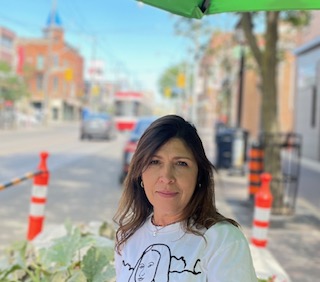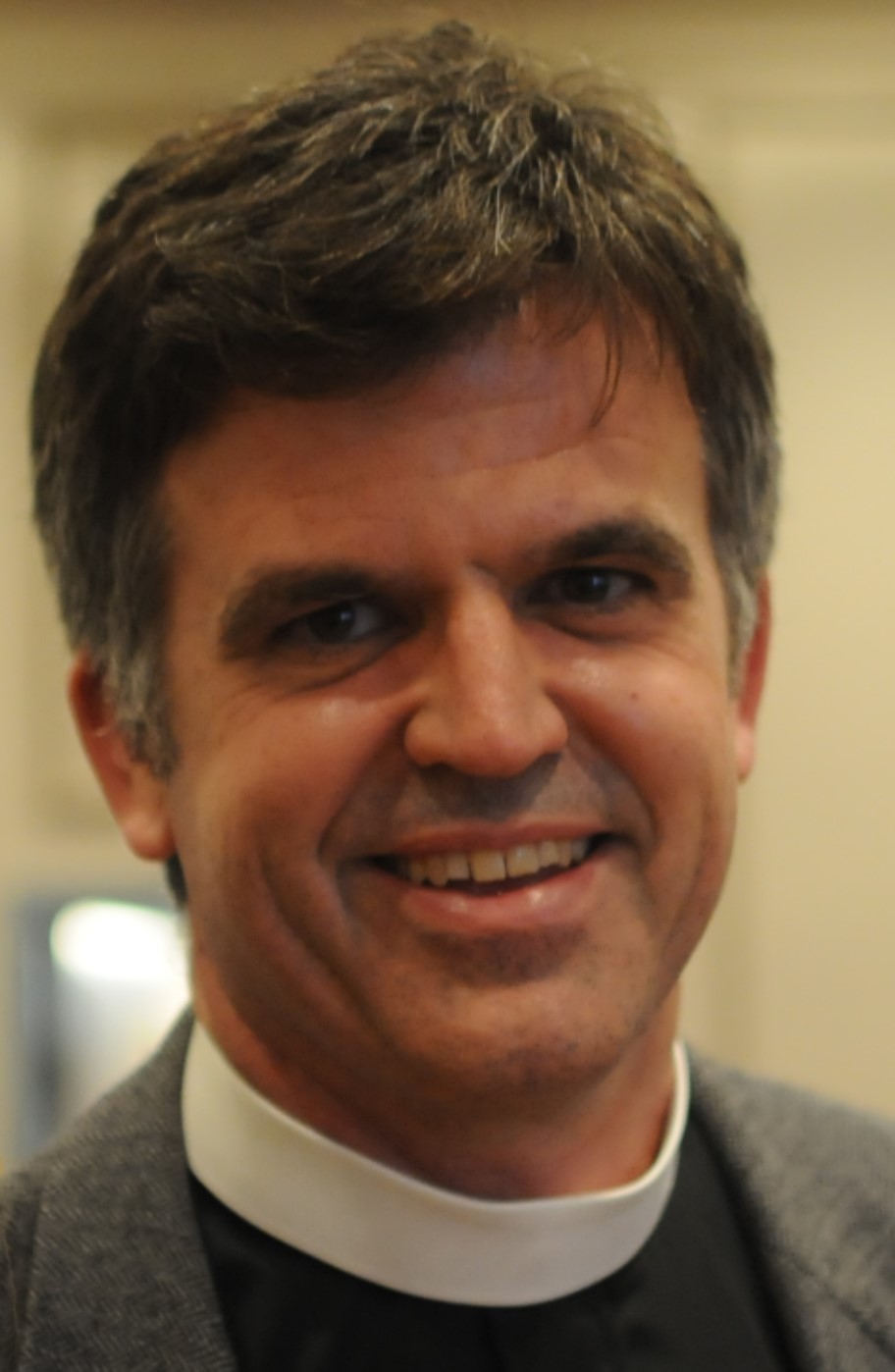“John the baptizer appeared in the wilderness proclaiming a baptism of repentance for the forgiveness of sins. And people from the whole Judean countryside and all the people of Jerusalem were going out to him, and were baptized by him in the river Jordan, confessing their sins.”
Thus begins the Gospel of Mark’s account of the life of Jesus. In Mark’s Gospel, are no bewildered shepherds or adoring magi, no angels singing in the night, no stumbling journeys to Bethlehem to find a manger. Rather, Mark’s Gospel begins with John the Baptist, out in the wilderness. And even though John was attracting a lot of interest and a lot of attention, he kept telling people that he was not the One that they should be awaiting. Rather, there was One who was more powerful than John was, and John’s role – at best – was to prepare the way.
And then Jesus appeared. Like the other four Gospel narratives, the story of Jesus’ baptism by John the Baptist, in the Jordan River, stands as the pivotal opening event in Jesus’ ministry in the world.
This is where it all began.
As such, there are questions that can and should be asked in relation to the meaning of Jesus’ baptism – for example, if John’s baptism was for the forgiveness of sins, what was the reason for Jesus’ participation in it? What effect was John’s baptism meant to have on those who submitted to it? Did John think that the act of baptism was the process through which they received God’s forgiveness, or was there something more that was going on?
In any case, what is interesting for us to realize is that the moment of Jesus’ baptism was the moment — in all four Gospels – when he was fully and publicly revealed as the chosen, beloved, anointed Son of God; that it was He who would fulfill both the expectations and hopes for the long-promised Messiah, and that He would be the One through whom God’s ultimate purposes in this world would be realized.
“You are my Son, the Beloved; with you I am well pleased.”
Of course, not everything went completely well, for him, from that moment on. Immediately after his baptism, Jesus went out into the wilderness to be exposed to prolonged hunger and thirst and temptation. And when he got back from the wilderness, it was not always an easy journey, since from that moment on, he was heading towards his final and ultimate confrontation – with death itself. His baptism might have been the introduction to Mark’s account of the good news, but there were some difficult days ahead.
But even apart from that larger trajectory that was set in motion by his baptism, the act itself signaled a lot, it meant a lot, and theologians and people of faith have been wrestling with all of the different dimensions and facets of this seemingly simple story for thousands of years.
This past fall, a small group of people met with Bob and I to talk about the sacrament of baptism. We shared some wonderful conversations, exploring various dimensions of this simple yet complex and profound event in our life of faith.
During those conversations, which stretched over a number of weeks, the comment was sometimes made that it is too bad that we do not spend more time talking about the meaning of baptism during our regular worship services, especially in light of the fact that it is such an important component of our faith. In fact, the only times that we tend to really focus our attention on baptism is during those occasions when we are about to actually celebrate the Sacrament of Baptism. Which is certainly fine, but there can be great wisdom in contemplating its meaning apart from the moment when we are hoping that the baby does not start crying when water is placed on their heads.
Baptism, like so many dimensions of the Christian life, is a simple act with many different facets and meanings. It is a symbolic act that we associate with the moment of initiation into the Christian faith, regardless of whether it takes place in the life of an infant or in the life of an adult. It is a visible reminder of the cleansing, renewing, restoring, life-giving power of God’s grace at work in our lives. It is a wonderful opportunity to reflect upon the fact that God’s grace is extended to us long before we ever completely understand it, and that as a result, our faith is little more than a response to the grace of God which reaches out to us before we reach back to God. It is a sign of being drawn into the life of Christ, and embracing both his descent into death and his re-emergence or resurrection into life. It is an act which symbolizes our participation in the covenant, just as the Jewish people used the symbol of circumcision to reflect the covenant that God had established with their people throughout the generations.
On this particular Sunday, however, I would invite us to ponder one of the central and most beautiful dimensions of baptism – namely, that baptism serves, in a powerful way, as a sign and symbol of our unity in the Body of Christ.
Other parts of the New Testament, and particularly some of the letters to members of the early Church, highlighted the importance of baptism – and for those early communities, one of the important dimensions of baptism was the unity that it created amongst the community of faith. As we read in Galatians, “as many of you were baptized into Christ have clothed yourselves with Christ. There is no longer Jew or Greek, there is no longer slave or free, there is no longer male and female, for all of you are one in Christ Jesus.”
This beautiful vision of our baptismal unity – a unity that triumphs over all of the other categories and identities that we create for ourselves, and that we use to distinguish ourselves from each other – is a vision that is worth remembering, and truly contemplating, today, in light of the fact that we are about to celebrate the sacrament of communion.
After all, in a few moments, and in the simplicity of piece of bread and a cup of wine, we are going to be invited to remember that – out of love – the One who went down into the waters of baptism would give up his very body and shed his own blood to show us the enormity and the extent of God’s forgiving, powerful, death-defying love.
There is something deeply meaningful and spiritually powerful, for us, when we realize that what Jesus did is meant to be received, personally, just as we personally take these elements into our own bodies. And yet, even as we make our way to this Table to receive these simple elements, to taste and see the goodness of God, to remember God’s love, it is also good for us to remember that we do not come to this Table alone.
And it is good for us to remember and to realize that the others who come to this Table with us are not exactly like us – we might not consider ourselves Jew or Greek, slave or free, but we nonetheless come to this Table as people of different ages, of different life experiences, of different ethnic and cultural backgrounds, of different ideologies and perspectives, of different levels of intellectual and social power. In this one congregation, there are people who come from different parts of the world, and whose journeys to this Table have been remarkably different from our own.
And yet, what draws us together is not simply the invitation to come to this Table, but also our shared inclusion, through the waters of baptism, in the Body of Christ.
Some of us were baptized as infants, in families in which the Christian faith was important and encouraged. Others of you were baptized later in your lives, when you came to the realization and the decision that you wanted to make this decision, for yourselves, and respond to Christ’s invitation to follow him.
But wherever, and whenever you made that journey through the waters of baptism, your identity in this world was revealed – just as it was revealed for Jesus of Nazareth when he journeyed through the waters of the Jordan River. He was, and he is, the beloved Son of God, the One in whom God was well pleased. And in the waters of your own baptism into Christ, you were, and you are, members of the Body of Christ.
And it is He who has called us to follow him, to find our life in him, to remember him, to be fed by him for the journey, to be a part of his Body at work in this world.
So come to this Table. Be aware of those with whom you come to this Table for they, too, are members of the beloved, baptized, Body of Christ in this world.
And then let us go from this Table – together – to love and to serve this world that Christ came to save.
Thanks be to God.
Amen.






